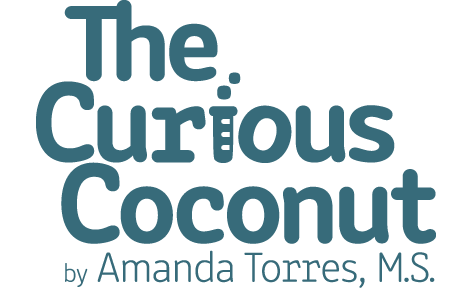"Abstract
The modern diet is greatly different from that of our paleolithic forebears' in a number of respects. There is reason to believe that many of these dietary shifts can up-regulate intracellular signalling pathways mediated by free intracellular calcium and protein kinase C, particularly in vascular smooth muscle cells; this disorder of intracellular regulation is given the name 'PKC syndrome'. PKC syndrome may entail either a constitutive activation of these pathways, or a sensitization to activation by various agonists. The modern dietary perturbations which tend to induce PKC syndrome may include increased dietary fat and sodium, and decreased intakes of omega-3 fats, potassium, calcium, magnesium and chromium. Insulin resistancemay be both a cause and effect of PKC syndrome, and weight reduction and aerobic training should act to combat this disorder. PKC syndrome sensitizes vascular smooth muscle cells to both vasoconstrictors and growth factors, and thus promotes both hypertension and atherogenesis. In platelets, it induces hyperaggregability, while in the microvasculature it may be a mediator of diabetic microangiopathy. In vascular endothelium, intimal macrophages, and hepatocytes, increased protein kinase C activity can be expected to increase cardiovascular risk. Up-regulation of protein kinase C in stem cells may also play a role in the promotion of 'Western' fat-related cancers. Practical guidelines for combatting PKC syndrome are suggested."




